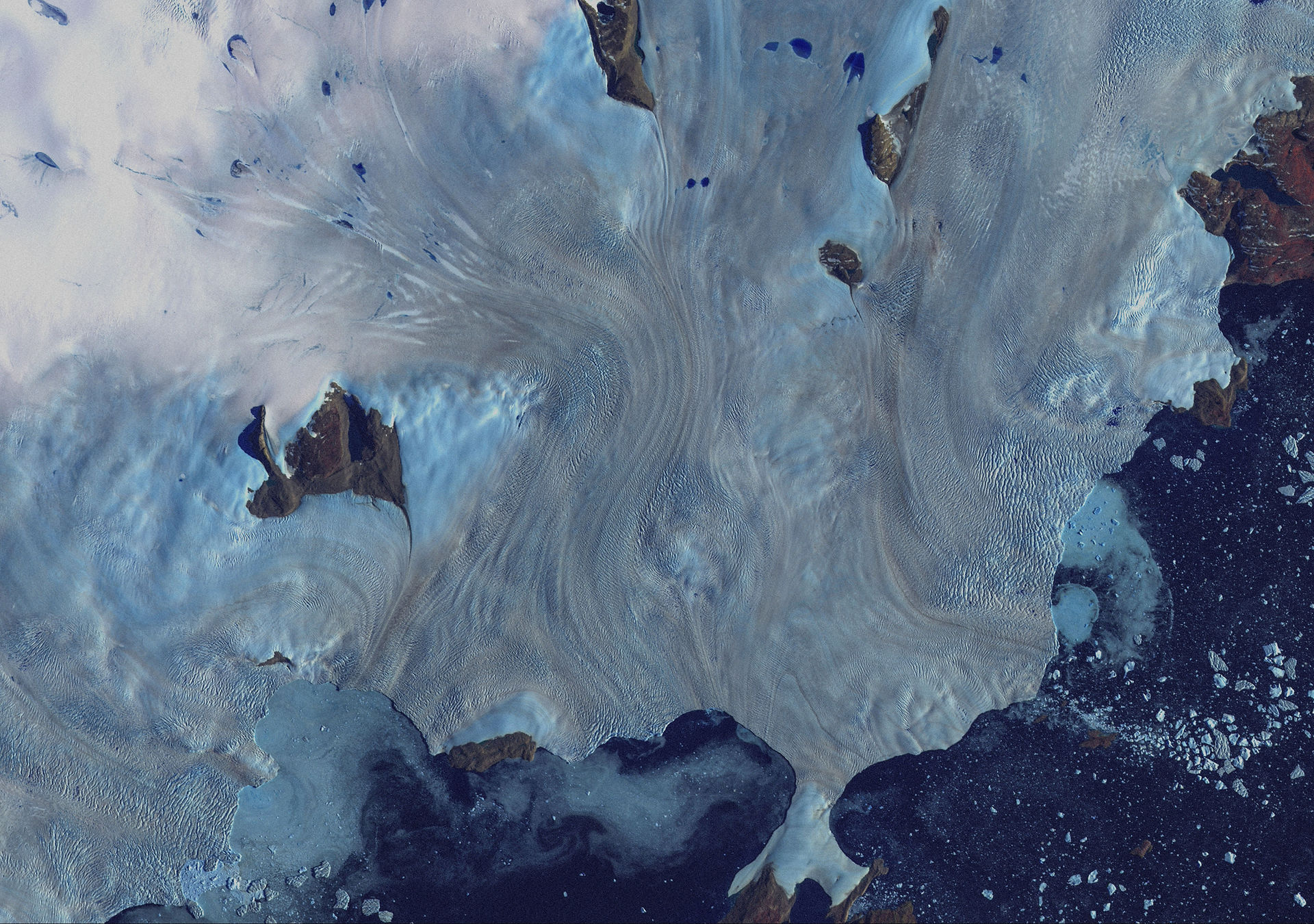If Honey Bees Could Google
- Cindy Xie
- Aug 21
- 3 min read
Updated: Sep 11

RE: January 10, 2025.
Smoke Advisory Extended - Unhealthy Air Quality Declared due to Multiple Wildfires.
According to the South Coast Air Quality Management District, potential direct smoke impact from the Palisades, Eaton, and Hurst Wildfires burning has caused unhealthy air quality in Los Angeles County. Public Health urges everyone in areas where there is visible smoke or the smell of smoke or unhealthy air quality to avoid unnecessary outdoor exposure and to limit physical exertion (whether indoor or outdoor), such as exercise.
What does it mean for the air quality to be unhealthy?
How can honey bees limit physical exertion?
What is particulate matter?
Can air pollution interrupt honey bees in motion?
RE: Warmer autumns and winters could reduce honey bee overwintering survival with potential risks for pollination services.
The effect of climate change on honey bee colony losses is only recently being explored. While correlations between higher winter temperatures and greater colony losses have been noted, the impacts of warmer autumn and winter temperatures on colony population dynamics and age structure, as an underlying cause of reduced colony survival, have not been examined.
Why do moths emerge now before twilight?
What does it mean for the atmosphere to warm?
What is the two degrees Celsius climate target?
Where does heat pool in the body?
RE: Honey bee colony declines grow as WSU researchers work to fight losses.
Commercial honey bee colony losses in the U.S. could reach 60 to 70% in 2025, according to entomologists at Washington State University. Over the past decade, annual losses have typically ranged between 40 and 50%.
What is extinction?
What is an endangered species?
Why do humans pollute, if they want to save the bees?
Who funds the campaign to save the bees?
RE: The Truth About Honey Bees.
Colonists brought honey bees from Europe beginning in the 1620s as a source of wax and sugar. Legend has it they were known as 'white man’s flies' because Native Americans often spotted the insects before the human settlers…With their hives impacted by pesticides, parasites and diseases such as colony collapse disorder, beekeepers lose more than 40 percent of their colonies each year…
What is the distance between extinction and invasion?
What does it mean to be a pollinator?
What does it mean to become a commodity?
RE: The Truth About Honey Bees (cont.).
But the honey bee is hardly at risk of extinction…North America’s native bees, on the other hand, are in trouble—and these insects bear little resemblance to the familiar honey bee. Unlike honey bees, more than 90 percent of our nearly 4,000 native bee species live not with other bees in hives but alone…Often mistaken for flies, the majority are tiny and do not have queens or produce honey.
What is the distance between invasion and survival?
What does today’s average American know about native bees?
Of the 4,000 native bee species in North America, how many will live to see 2100?
RE: Save the Bees. Save the Bees.
Were we once native bees, too?
What does it mean to live within and as a colony?
Must our existence implicate our relatives’ deaths?
Cindy J. Xie is a researcher, writer, and facilitator who recently graduated with her master’s degree from the MIT Department of Urban Studies & Planning. Her academic and creative work draws upon narrative and reflective practices to explore the intersection of environment, health, and community well-being. Her poems have been featured by outlets and organizations such as Sine Theta Magazine, MassPoetry, and the City of Boston Mayor’s Poetry Program. You can find more of her work at cindyjxie.github.io.
Artwork by Karolina Uskakovych— a designer, artist, and filmmaker from Kyiv, Ukraine. Karolina is a co-founder of the Uzvar_Collective and Art Director for the magazine Anthroposphere: The Oxford Climate Review. She is also artist-in-residence at Re(Grounding) programme as well as the Digital Ecologies research group. Her current research explores traditional ecological knowledge in relation to gardening in Ukraine.




This article provides important insights into the enhancement of academic writing.Utilizing strategies such as reading aloud, obtaining feedback, and prioritizing clarity can greatly enhance writing abilities.Moreover, investigating resources on How to Improve Your Academic Writing Skills can offer organized guidance and further elevate one's writing proficiency.
We are well known for offering top-notch services as the leading Amazon publishing agency in the UK. We guarantee our clients will be satisfied with the best quality of work, and we offer our services at the lowest possible cost. Check out our website for more details about our offerings!